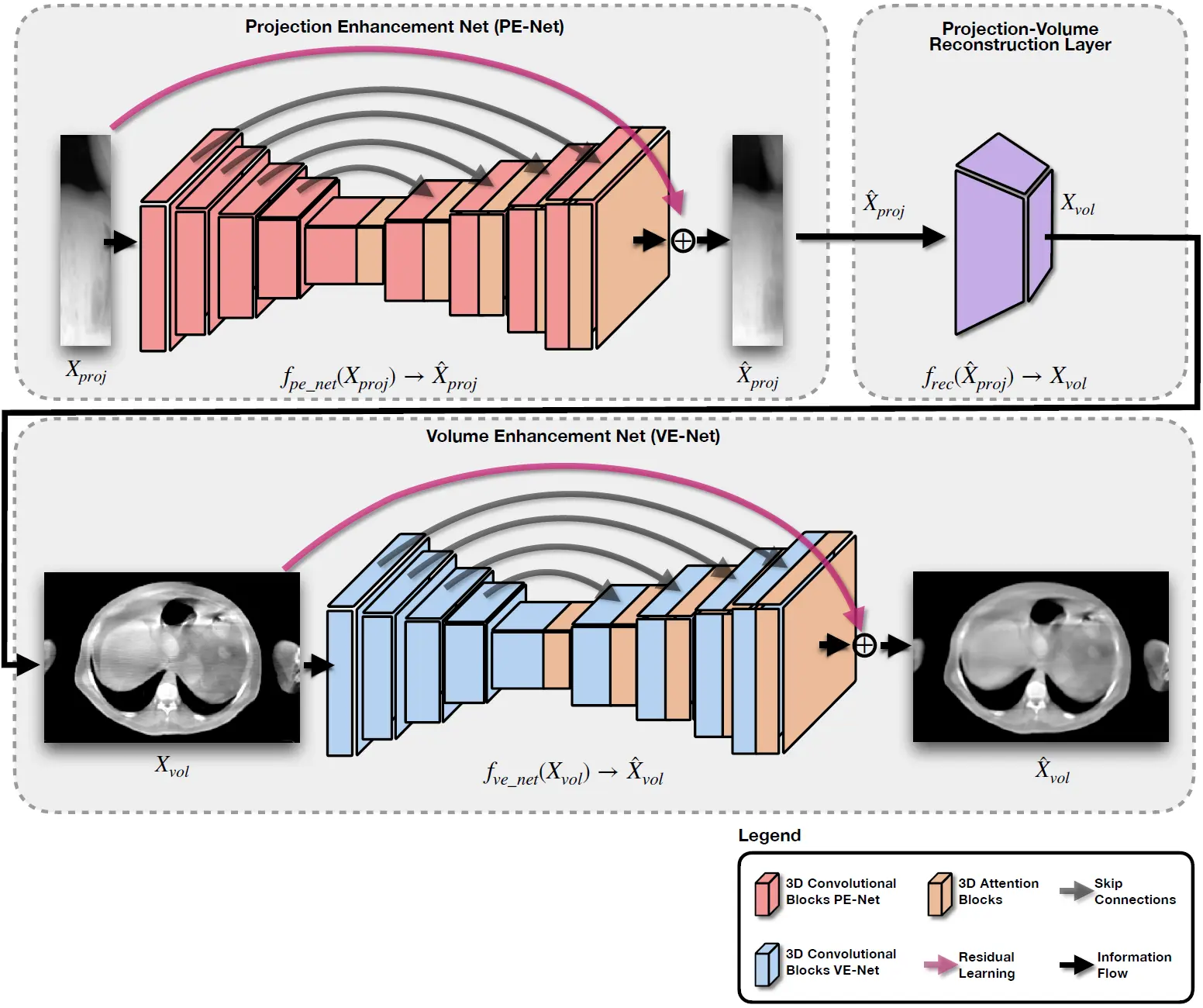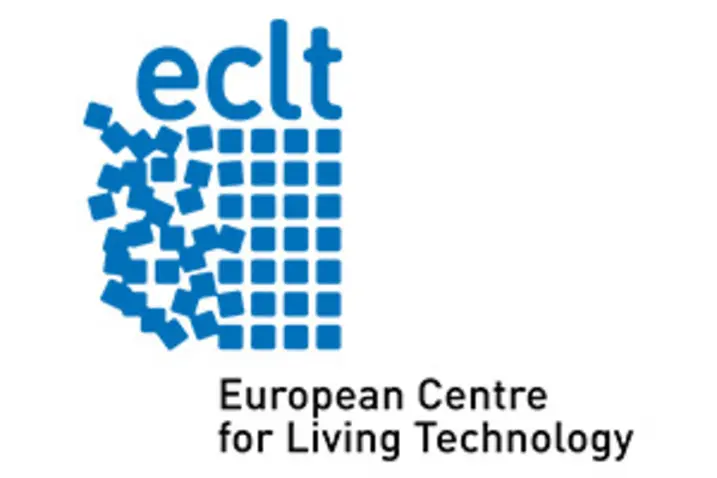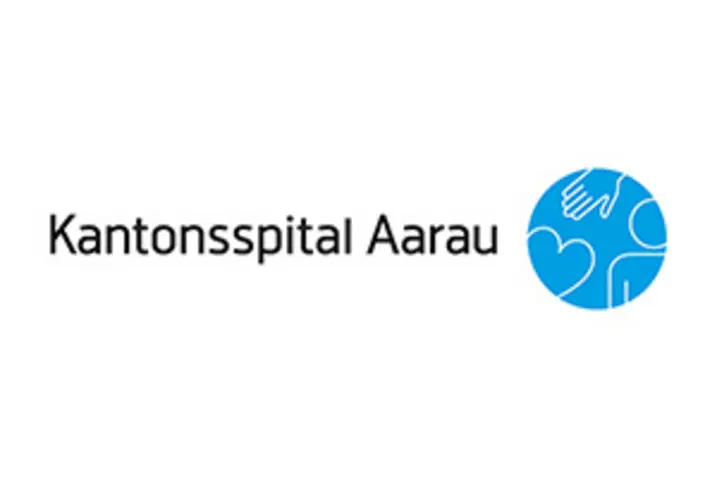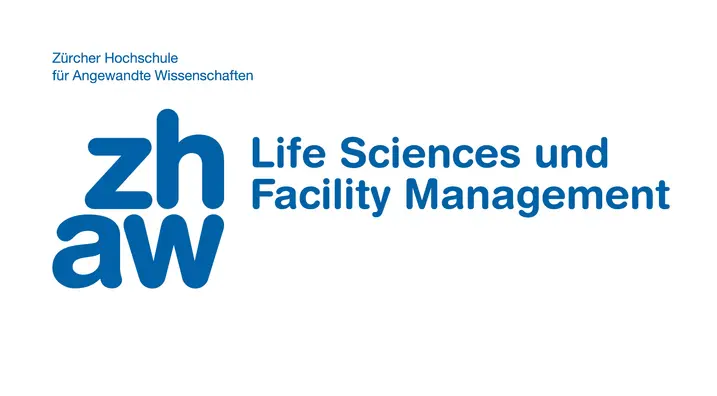Medical Systems
The developments in the healthcare system are characterized by an increase in data, connectivity, and complexity. While this entails risks, it also offers numerous opportunities. Our response to this is interdisciplinary research that takes into account and focuses on the systemic aspect of developing and integrating new technologies in clinical settings as well as in the areas of personal and public health.
The Medical Systems Platform is primarily concerned with the various aspects arising from the integration of technical systems and, more generally, with the analysis of systems from a structural and method-oriented point of view. Systems-based medicine aims to recognise and understand the interdependence of interactions taking place on various different levels (the levels may refer to length and time scales as well as more abstract levels of organization). In a narrow sense, this is motivated by a systems-biology view focusing on disease and therapy in patients. In a broader sense, it encompasses the interactions between patients, therapists, technology, the hospital and the healthcare system. To conduct this research, we develop and deploy technical, mathematical and physical concepts and methods. The platform’s mission is to foster the combination of these approaches in medical systems. The key focus, however, is on the transfer of knowledge and techniques between biomedical engineering and systems-based medicine. Current research results are incorporated into our continuing education courses and the teaching we provide to our students.
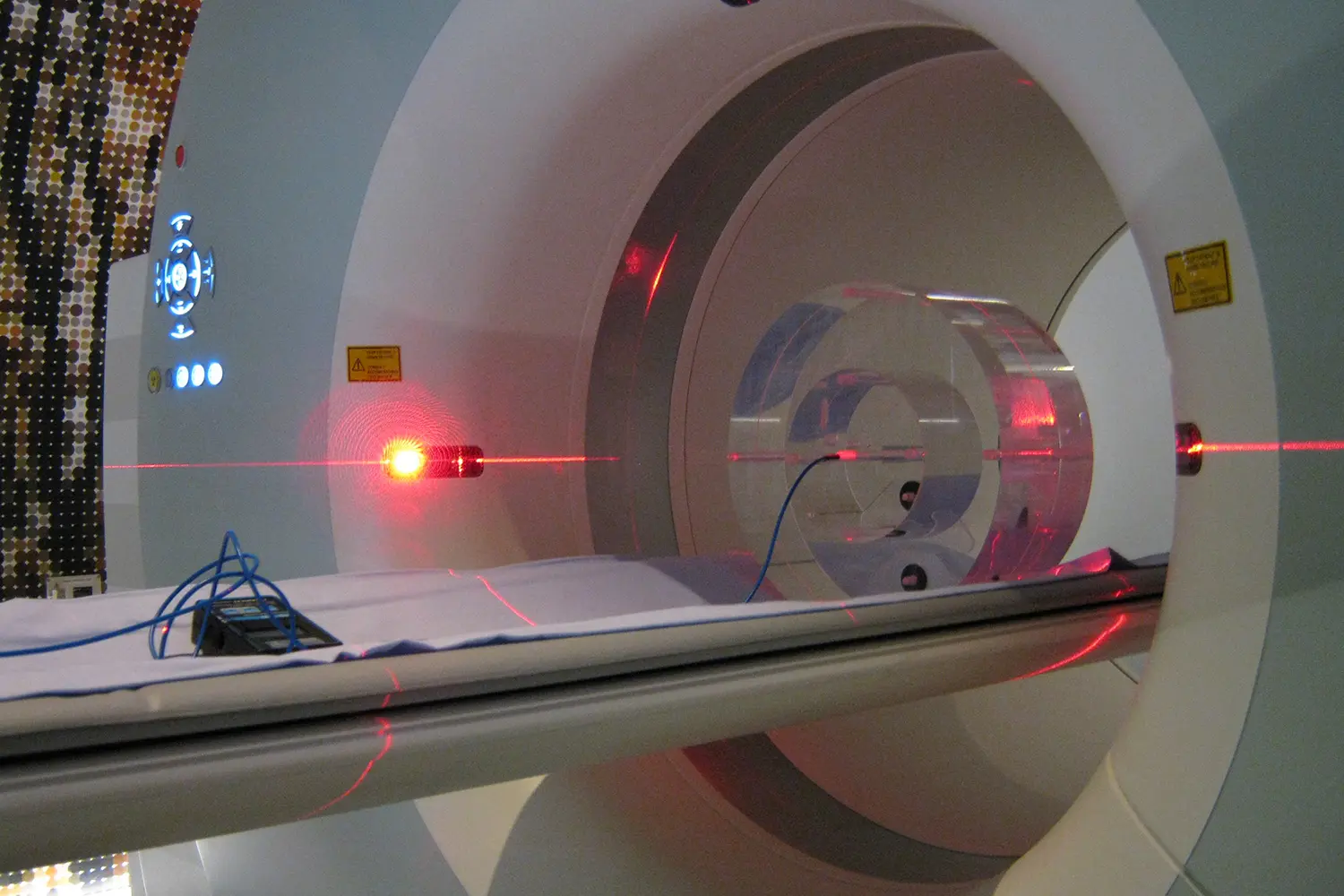
Topics and people
Diagnosis and therapy increasingly make use of complex procedures that combine technologies and methods ranging from experimental sciences to simulation, machine learning and mathematical modeling. For example, advances in imaging and sensor technology provide access to large quantities of medical data whose meaningful interpretation requires model-based analysis. That analysis requires complex, dynamical systems to be observed at different levels. Specifically, these comprise:
- the patient (and his or her organs, tissue and cells) as a complex biological system
- the technical systems interacting with the patient and the clinicians (imaging systems, medical findings systems and documentation systems used by the physician; electronic implants; life-support systems in acute medicine; human-machine interaction in personalised forms of treatment used in physiotherapy and occupational therapy)
- interaction with data, such as database-assisted systems for initial diagnosis by GPs (with particular focus on dynamic data)
- the clinic and its interacting processes (such as the effect ofcomplex treatment modalities impacting patient workflow) or the healthcare system as a whole
Technical innovations and the new possibilities they bring in their wake are increasingly evaluated from the standpoint of how they can be implemented in the clinical setting. The implementation of new diagnostic or therapeutic processes and technologies often requires a quality-assurance programme comprising technical support tools, changes to workflows and data-transfer procedures as well as a clinical and medical evaluation. The projects currently under way at the ZHAW School of Engineering are already firmly headed in this direction. The ZHAW’s comprehensive expertise in biomedical engineering, sensor technology, model-based data analysis, modelling, computer simulation and medical imaging provide a sound basis for interdisciplinary research.
Biomechanics and Medical Technology
- Orthopaedic biomechanics, ergonomics, rehabilitation: Daniel Baumgartner, IMES
- Sport biomechanics, wearables, musculo skeletal modelling: Silvio Lorenzetti
- Medical robotics and instruments: Hans Werner van de Venn, IMS
- Biofluid dynamics, magnetic resonance imaging: Dirk Wilhelm
Sensor/Actuator Technologies
- Autarkic sensors / actuators, embedded systems: Juan-Mario Gruber, InES
- Soft robotics, morphological computing: Lukas Lichtensteiger, IAMP
Medical Signal and Image Acquisition and Processing
- Medical devices, medical thermal imaging: Mathias Bonmarin, ICP
- Computer vision, image processing: Martin Loeser, IEM
- Medical imaging, computer vision, pattern recognition, deep learning, KI: Frank Schilling, CAI
- Biomedical signal- and image processing, sensor electronics and wireless communications: Olaf Hoenecke, ISC, Federico Wadehn, ISC
Medical Data
- e-health, m-health, information visualisation: Philipp Ackermann, InIT
- Software engineering, data and text analysis, machine learning: Mark Cieliebak, CAI
- Big data, data warehousing: Kurt Stockinger, InIT
- Formal methods of knowledge representation: Dandolo Flumini, IAMP
- Statistical Analysis of patient and study data, Causal AI: Anna Drewek, IDP
Modelling, computer simulation, biophysics, systems medicine
- Medical biophysics, radiation dosimetry, systems science in medicine: Stephan Scheidegger, IEM
- Model-based data analysis: Mathias Weyland, IAMP
- Complex systems, evolutionary optimisation methods: Ruedi Füchslin, IAMP
AI in Medicine
- Machine Learning, Deep Learning, Explainable AI: Jasmina Bogojeska, CAI
- Pattern Recognition, Deep Learning, AI: Thilo Stadelmann, CAI
- Neurotechnologies, Brain-Computer Interfacing, Reinforcement Learning: Ricardo Chavarriaga, CAI
Study
- Bachelor's Program in Mechanical Engineering, Specialization in Biomechanics
- Bachelor's Program in Systems Engineering, Specialization in Medical Systems
- Bachelor's Program in Computer Science, eHealth, mHealth
- Bachelor's Program in Electrical Engineering
- Bachelor’s Programm in Medical Informatics
- MSE Medical Engineering
- Master in Life Science, Vertiefung Applied Computational Life Science
Research projects
Brain Machine Interfacing
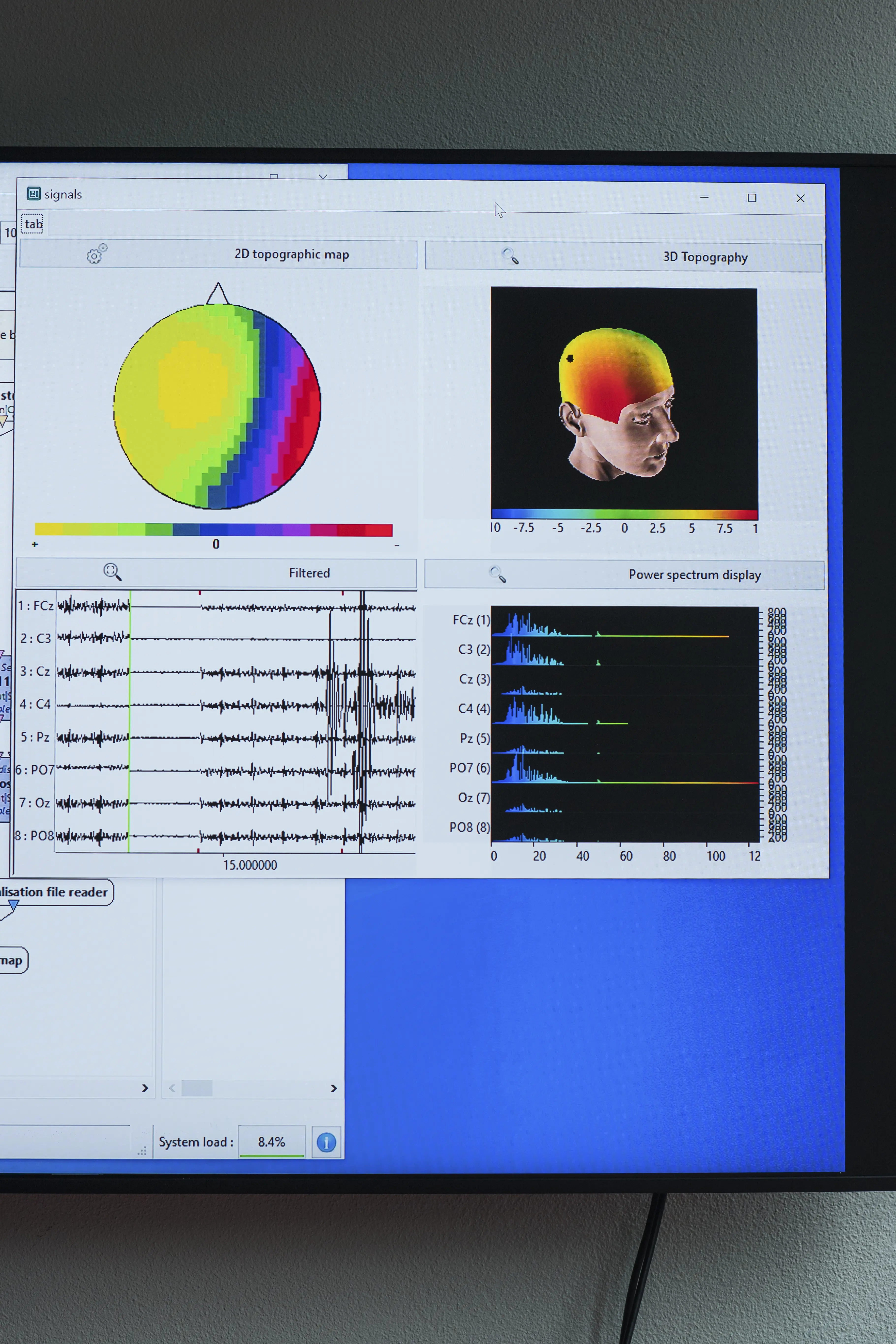
We do research in brain-machine interfacing. For this purpose, we use machine learning to decode brain activity recorded using electroencephalography (EEG) to identify patterns corresponding to the user’s intention. These technologies can be used for monitoring cognitive processes, to control assistive devices or provide communication tools for severely paralyzed people.
Mitigation of motion-induced artifacts in cone beam computed tomography using deep convolutional neural networks
In a joint research project with Varian Medical Systems (Siemens Healthineers), AI and Deep Learning were successfully used to mitigate artifacts induced by patient motion in Cone-Beam Computed Tomography (CBCT) images. Confirmed by a clinical evaluation, the results can be used to improve the treatment of cancer patients in Image-Guided Radiation Therapy (IGRT).
Simulating and understanding shoulder movements
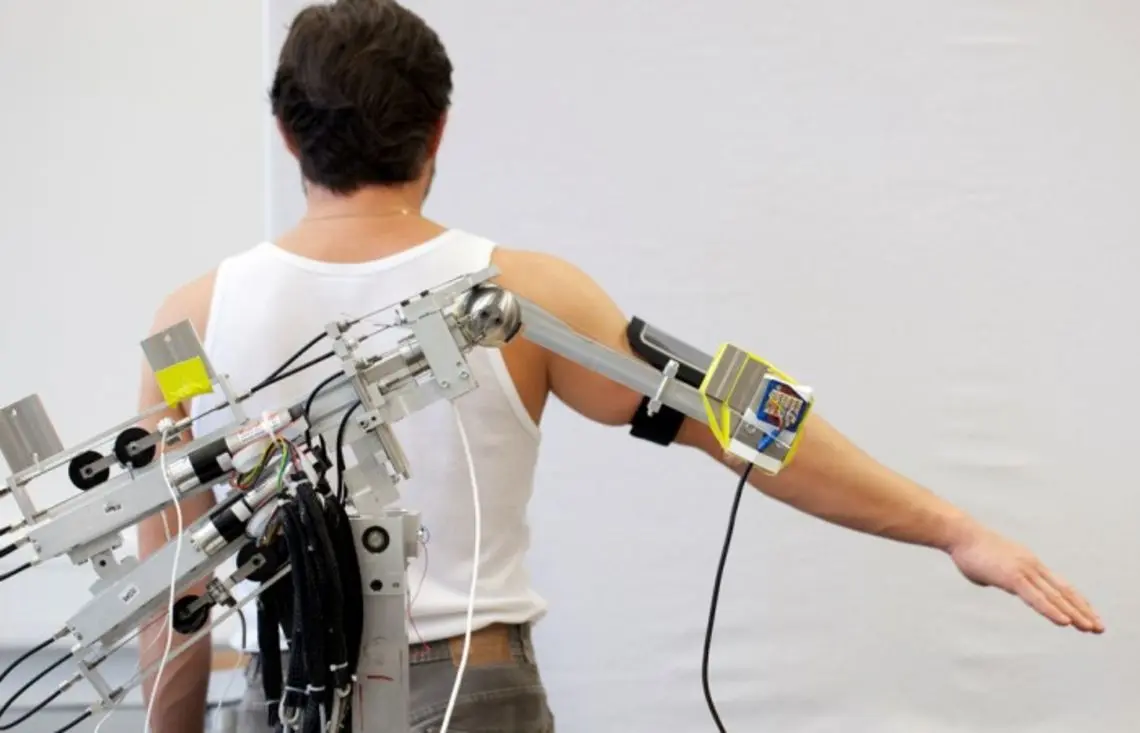
The intricacies of the human shoulder are not yet fully understood. In order to gain new insights into its various functional mechanisms, the Institute of Mechanical Systems at the ZHAW School of Engineering developed a physiological shoulder simulator. The simulator can also be used as a dummy for conducting stability tests on implants and prosthetic devices.
Developing functional templates for a cost-effective gait trainer for use in neurorehabilitation
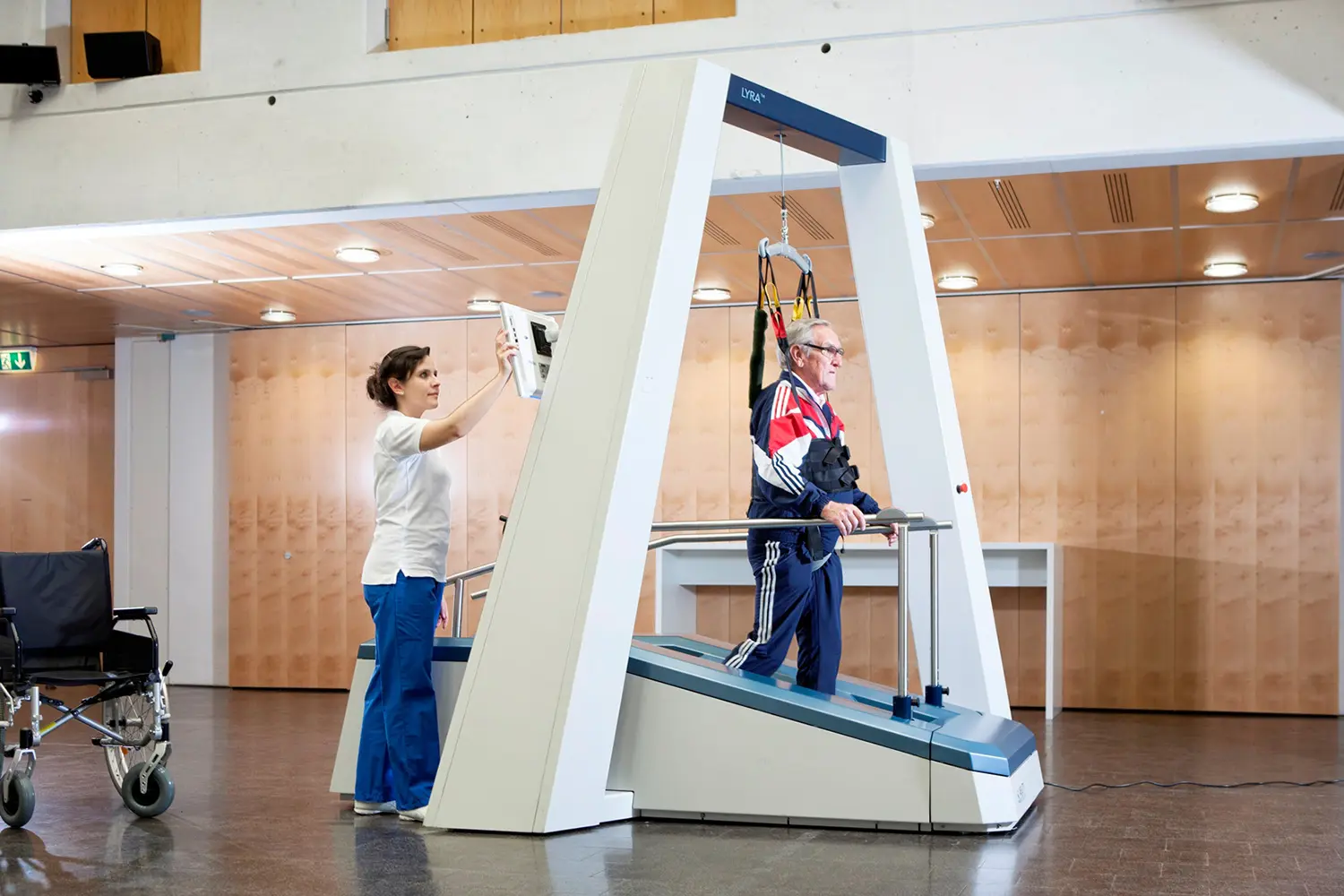
Patients suffering from conditions affecting the central nervous system are often unable to walk independently. Often, repeated and intensive training is needed for them to learn to walk again. Such training can be provided by automated gait trainers. However, because these automated devices are comparatively expensive, institutions such as clinics and nursing homes are often unable to buy them. Is it possible to develop an automated gait trainer which is cost-efficient, safe and effective?
ZHAW graduates tracking down skin cancer
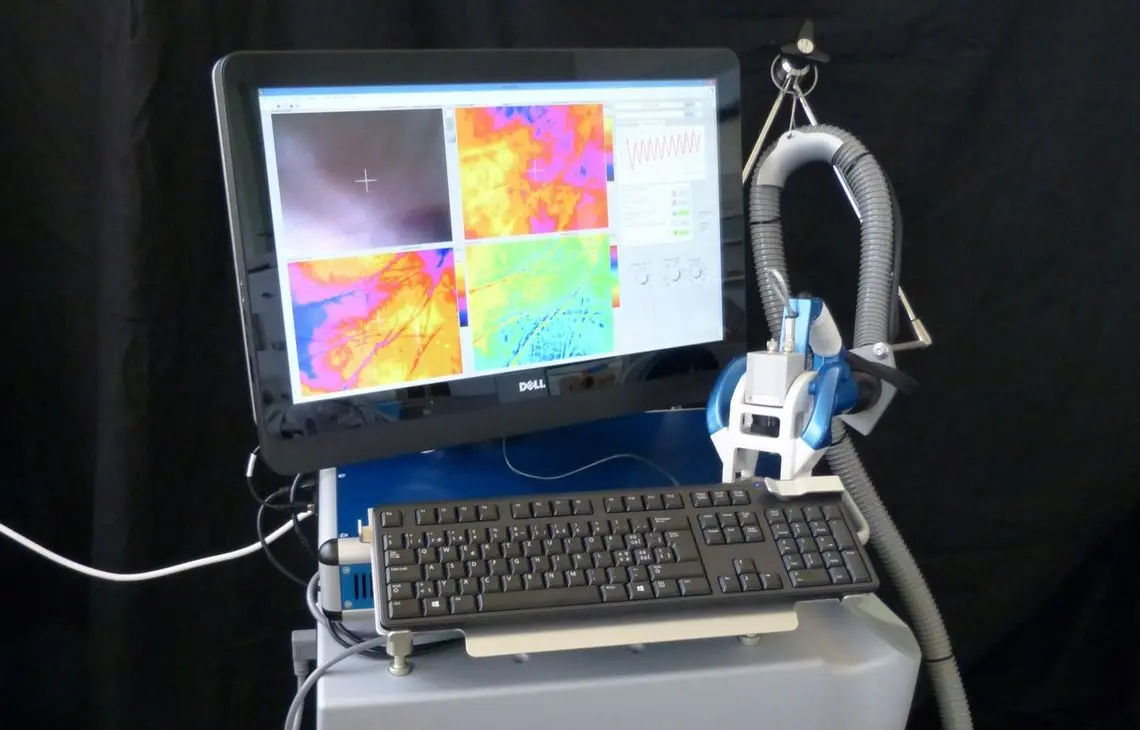
Researchers and students at the ZHAW School of Engineering are developing an innovative new method for diagnosing skin cancer. Instead of resorting to preventive surgical intervention, an infra-red camera is used to examine skin lesions without touching the patient. Two ZHAW graduates have helped to develop clinically viable diagnostic apparatus designed to identify malignant changes in images of the skin.
Dynamic in vivo profiling of DNA damage and -repair after ionizing radiation
Effects of different DNA damaging agents have been well characterized in human cells in vitro, but little is known about the kinetics of DDR in in vivo. This is due to the fact that repeated sampling of tissue is difficult. Herein, fine needle aspirate (FNA) technique was adapted as a minimally invasive sampling method to address cellular response to DNA damaging agents in vivo (dogs). Investigated end-points are quantification of induced DNA damage, time course (kinetics) of damage formation and repair, residual damage, and functionality of specific DNA repair pathways.
Participating Institutes and Centres
- Institute of Applied Information Technology (InIT)
- Institute of Applied Mathematics and Physics (IAMP)
- Institute of Data Analysis and Process Design (IDP)
- Institute of Mechanical Systems (IMES)
- Institute of Mechatronic Systems (IMS)
- Institute of Embedded Systems (InES)
- Institute of Computational Physics (ICP)
- Institute for Signal Processing and Wireless Communications (ISC)
- Centre for Artificial Intelligence (CAI)
